Luoyang Hongxing New Energy Chemical Co., Ltd.'s 600,000 tons/year aromatics project and 1.5 million tons/year hydrocracking unit project, project category without equipment steel frame, steel consumption 2,675t, 2018.
A chemical steel structure generally refers to the use of steel in the construction of facilities or structures where chemical processes take place. These structures are designed to support heavy equipment, tanks, piping, and other components used in chemical processing plants, refineries, and industrial plants.
Corrosion Resistance: Steel structures in chemical plants are often exposed to harsh environments, including aggressive chemicals and high humidity. Corrosion resistance is crucial, so these structures are often made from stainless steel or are coated with protective layers (e.g., galvanization or epoxy coatings).
Design Considerations:
Load-bearing: Chemical steel structures must be designed to withstand the weight of heavy chemical equipment, pipes, and tanks. This includes both dead loads (permanent structures) and live loads (temporary, changing weights).
Safety: Given the hazardous materials involved, safety standards and regulations must be strictly adhered to in the design and construction.
Thermal Expansion: Chemical processes often involve high temperatures, so the steel must account for thermal expansion and contraction without compromising structural integrity.
Frames: Steel frames are often used to support large industrial equipment and facilities.
Platforms and Walkways: Elevated platforms and walkways are essential for worker access and maintenance in chemical plants.
Tanks and Vessels: Steel is frequently used to build storage tanks and vessels for chemicals, and the design must ensure that the material is resistant to the chemicals stored within.
Piping Racks: Steel structures are also used for supporting complex piping systems.
Fabrication and Construction: Steel components are often fabricated off-site and then assembled at the location. This is particularly common in large chemical plants, where efficiency and safety are paramount. Welding, bolting, and other fastening techniques are used to create these robust structures.
Standards and Codes: Steel structures in chemical plants must comply with various national and international standards such as:
ASME (American Society of Mechanical Engineers) codes
API (American Petroleum Institute) standards
AWS (American Welding Society) standards
ISO (International Organization for Standardization) standards
Fire and Explosion Protection: Chemical steel structures need to be designed with fire protection in mind, particularly in plants handling flammable chemicals. This may involve flameproof coatings, fire-resistant steel grades, and proper ventilation.
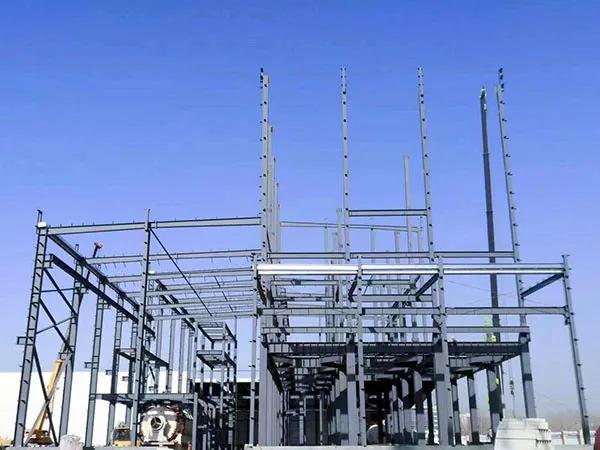
New Materials Steel Structure Factory Project
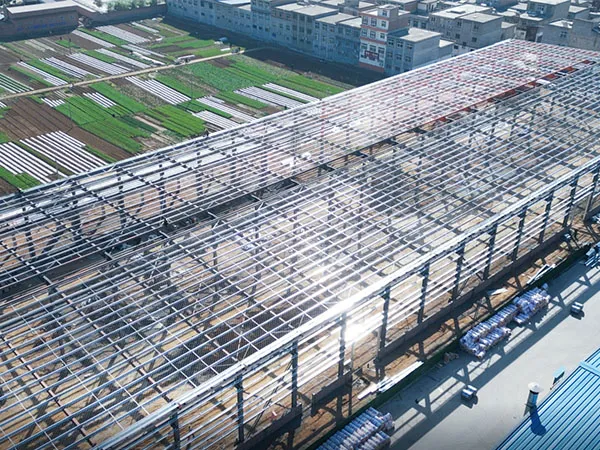
Luoyang Hengrun Metallurgical Technology Co., Ltd. Plant Project
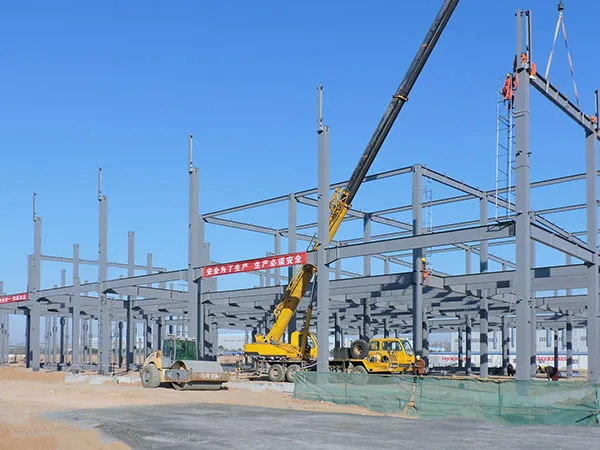
Luoyang Achemet Tungsten-Molybdenum Technology Steel Structure Plant Project
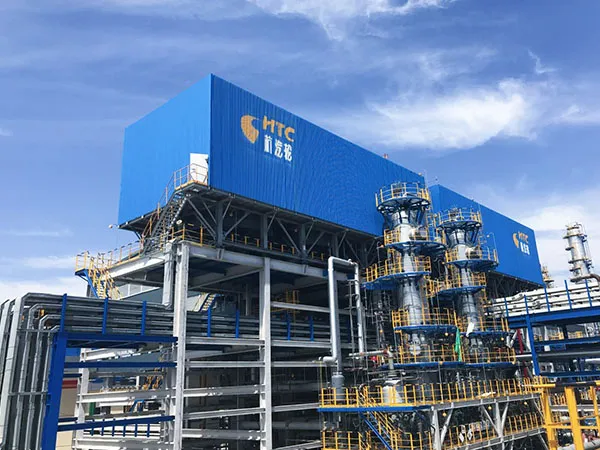
Ordos Zhongtian Hechuang Refining and Chemical Steel Structure Project
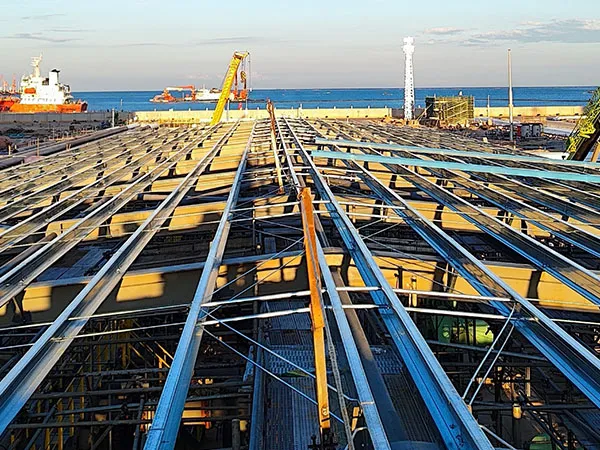
Beihai Finished Oil Reserve Base Steel Structure Roof Project
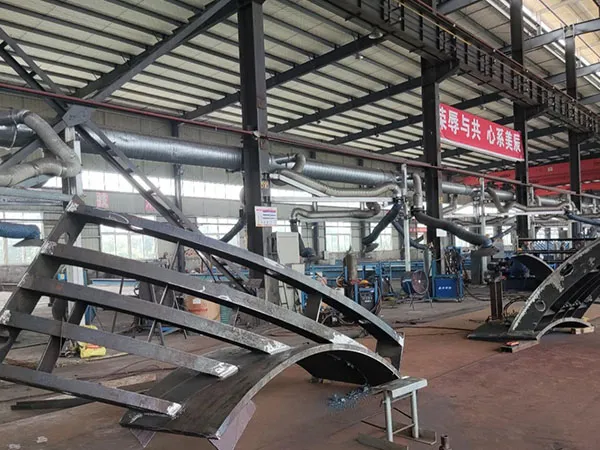
Composite Steel Pipe Segment for Lining Ring of Communication Channel
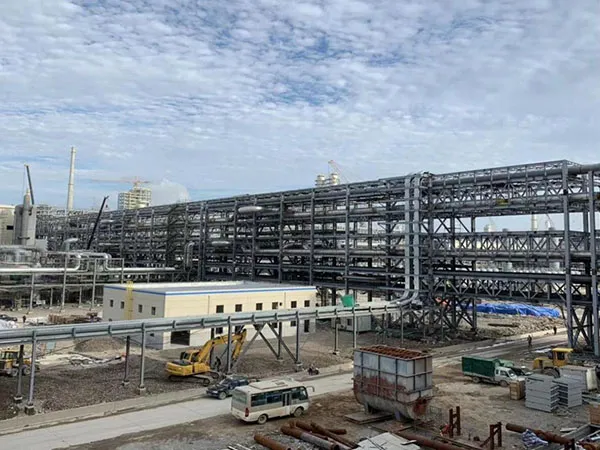
Heavy Oil Catalytic Cracking Unit Steel Structure Project
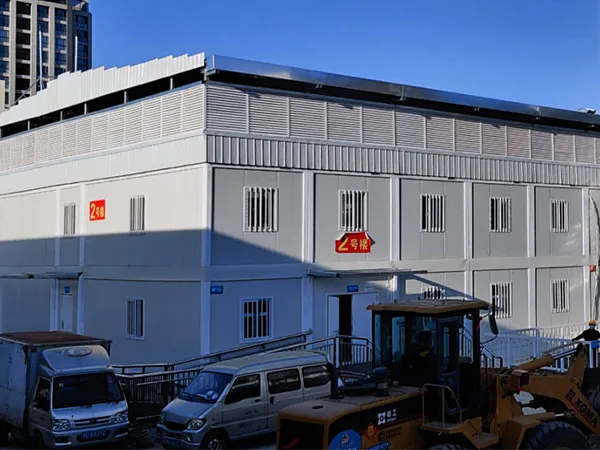
Steel Structure Project for Medical Emergency Treatment Centre